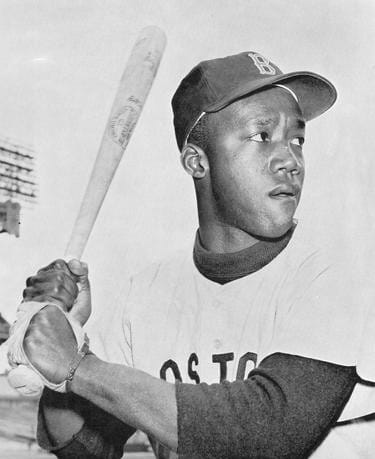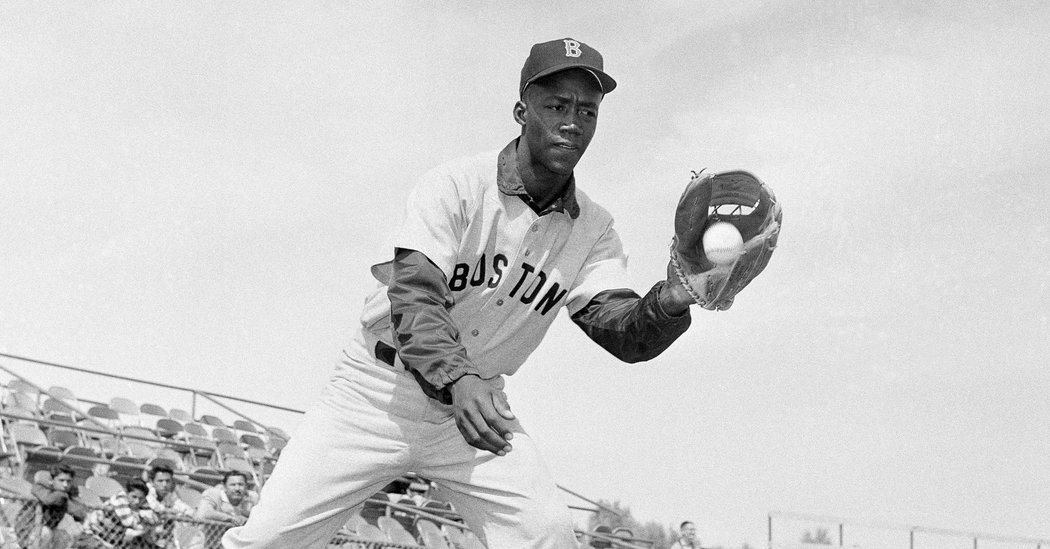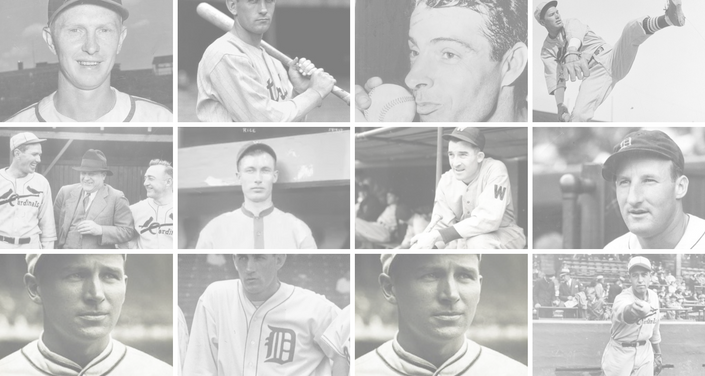Pumpsie Green Stats & Facts
Pumpsie Green Positions: SecondbaseBats: B Throws: RHeight: 6′ Weight: 175Born: Friday, October 27, 1933 in Boley, OK USADied: July 17, 2019Debut: July 21, 1959Last Game: September 26, 1963Full Name: Elijah Jerry Green Notable Events and Chronology for Pumpsie Green Career Biography Pumpsie Green Pumpsie Green was the first black player to play for…






